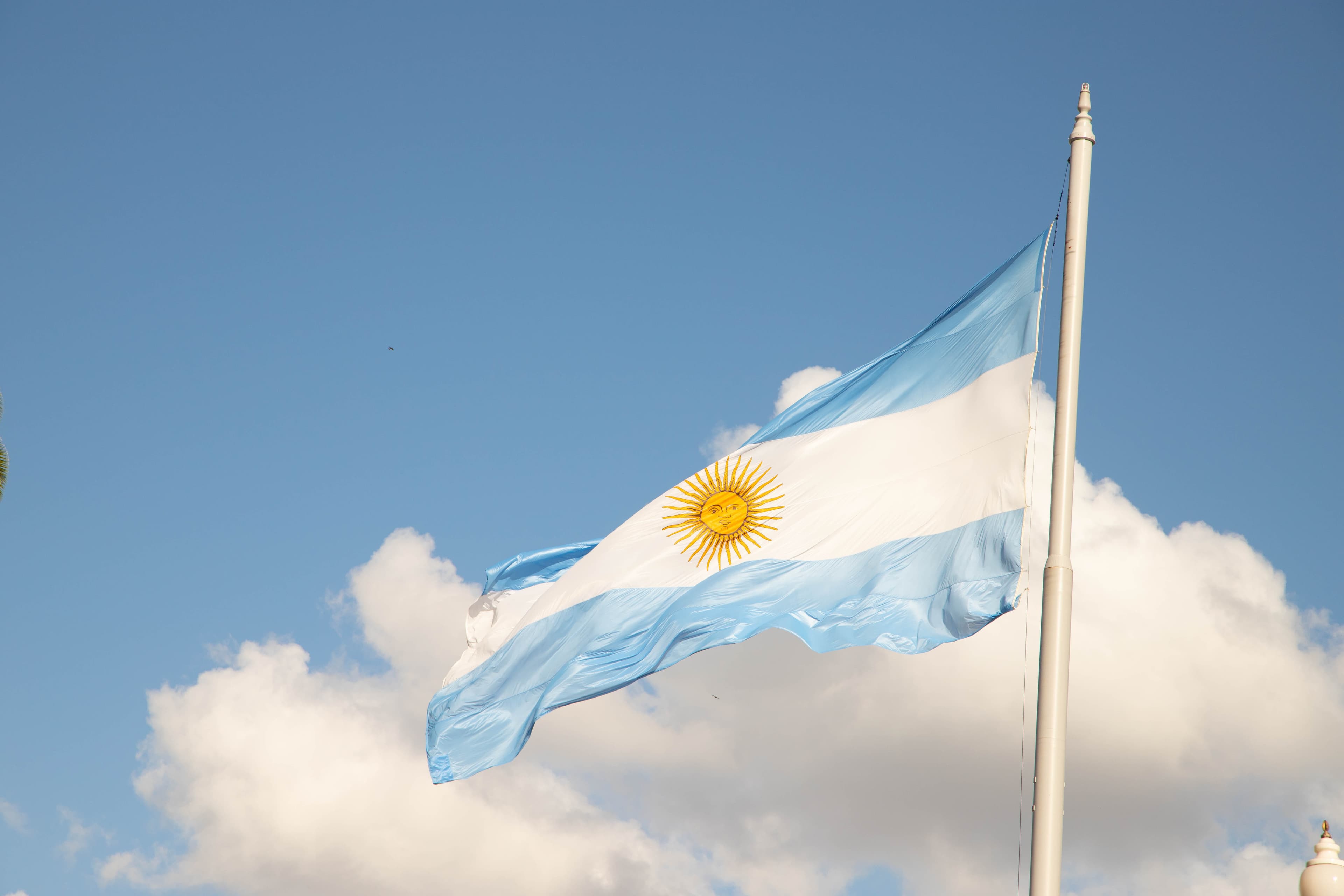Jan 04
•
5 min read
A Tale of Two Currencies in Argentina

Argentina deserves a love letter (truly, it is the most incredible country), but since this is a blog about money, it’s imperative to write about their currency.
Around 100 years ago Argentina had one of the largest economies in the world. However, the 20th century was marred by bad policies and government overspending. This culminated in a nation-wide crisis in 2001/2002, leading to the birth of the blue dollar rate.
I’m not an economist and there’s a lot to unpack with this (if you’re looking to learn more, click here for an article by The Washington Post), but in layman’s terms, a black market emerged for US dollars.
The official currency of Argentina is the peso, but the informal and widely used currency is the blue dollar. These are effectively the same - they are both pesos, they look and feel the same. What’s different is how much each is worth. The blue dollar refers to the US dollar bought illegally on the black market. Stick with me here, it took us a few days to understand it too.
We spent time in Argentina in November and early December. After a ten hour flight we were excited to get in a taxi and head to the hotel. My Spanish is passable, but it’s not perfect, and we had tired tourists written all over us. The driver asked if we would be paying in USD or in pesos. I stupidly asked which he preferred, and of course it was USD. If we had done our research, we would have understood that we should be paying the blue dollar rate, not the official bank rate, and this mattered a lot when it came time to pay for the ride.
Our ride came to roughly 13,000 pesos on the meter. If you were to Google the exchange from ARS to USD, this would equal about $77. This is what we were charged. If we had used the blue dollar rate, we would have paid $40. The driver didn’t feel the need to explain the blue dollar rate to us, but fortunately it was one of the first tips the hotel staff gave us upon arrival.
While there in December 2022, the official bank rate was $1 USD = 167 Argentinian pesos. The blue dollar rate at Western Union was $1 USD = 323 Argentinian pesos, almost double the bank rate.
You may be wondering how to get the blue dollar rate since it’s not something you can find at the bank. It’s also important to note that there are different blue dollar rates - there’s not one set rate and will depend on where you exchange or transfer. We found three primary ways to get the blue dollar rate.
- Western Union. My suggestion would be to go to a Western Union as soon as you arrive and initiate a bank transfer from yourself to yourself. You can download the Western Union app, connect your bank account, select how much you want to transfer, and then choose your pickup location (Argentina). From there, you'll get an MTCN number from Western Union which you'll show to the cashier along with your passport. Be mindful of going on a Friday as that’s when the locals go and the lines can be very long.
- You’ll find a number of people on the streets saying “Cambio! Dolar! Euro!” These people are unofficially called “arbolitos” or “little trees.” They are money changers and each will offer you something different. If you’re not fluent in Spanish, go the Western Union route. We tried exchanging with an arbolito and he offered significantly less than the WU rate.
- At your hotel. One of our hotels allowed us to exchange USD directly with them at a fairly solid rate of $1 USD = 310 pesos.
Cash is king in Argentina, so keep this in mind when using your credit card too. While the government passed a law offering a better exchange rate for credit card users, it has yet to take effect and it’s hard to find information on it. Using cash extends to paying for hotels too. If you haven’t prepaid, consider paying in pesos instead of on your card. We stayed at a hotel in Mendoza that would have cost us $700 on our credit card, but by paying in pesos, the total came to less than $400 with the blue dollar rate.
Argentina is one of the most affordable and stunning countries that I’ve ever visited. If you enjoy food, wine, endless activities and stunning topographies, then this country is for you.
Happy Travels!
© 2023 moneyandotherthings.com
